Tires are the components that directly contact a vehicle with the road surface. They are not only responsible for connecting the vehicle with the road surface, but also involve multiple aspects such as driving performance, safety, comfort, and fuel economy, which are closely related to the operational efficiency of the vehicle. When choosing tires, it is important to choose the appropriate one based on the actual usage conditions of the vehicle and personal needs.
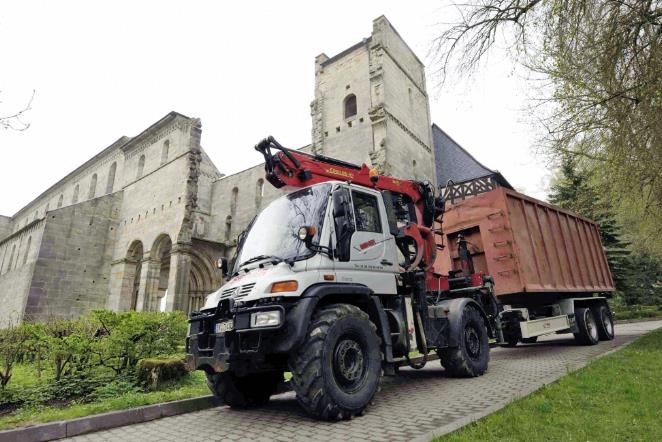
Tire specification parameters
Whether it is a truck or a passenger car, the specifications and model markings on its tires are consistent, which can generally be described as: tire width (mm)/percentage of tire thickness and width (%)/R [wheel diameter (in)] [load factor] [speed identification], or tire width (mm)/percentage of tire thickness and width] [speed identification]/R [wheel diameter (in inches)] [load factor].
For example, 195/65 R14 90 H or 195/65H R14 90 represents a tire width of 195mm, a percentage of tire thickness and width of 65%, a wheel hub diameter of 14 inches, a load factor of 600kg, and a speed factor of 210km/h.

Here, we will also briefly introduce the meanings represented by tire load factor and speed identification:
Load factor:
82- Load capacity 475kg
83- Load capacity 487kg
84- Load capacity 500kg
85- Load capacity 515kg
86- Load capacity 530kg
87- Load capacity 545kg
88- Load capacity 560kg
89- Load capacity 580kg
90- Load capacity 600kg
91- Load capacity 615kg
92- Load capacity 630kg
93- Load capacity 650kg
Speed identification:
L - Safety speed limit of 120km/h
M - Safety speed limit of 130km/h
N - Safety speed limit of 140km/h
P - Safety speed limit of 150km/h
Q - Safety speed limit 160km/h
R - Safety speed limit of 170km/h
S - Safety speed limit of 180km/h
T - Safety speed limit of 190km/h
U - Safety speed limit of 200km/h
H - Safety speed limit of 210km/h
V - Safety speed limit of 240km/h
ZR - Safety speed limit of 240km/h
W - Safety speed limit of 270km/h
Y - Safety speed limit of 300km/h
Tire 3T index
The 3T index represents the wear resistance index, traction index, and temperature index, which are also important parameters affecting tire performance.
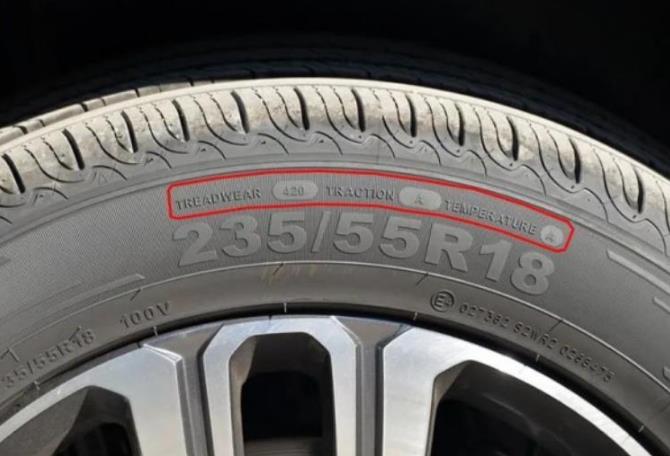
In general, the higher the wear resistance index, the better the grip performance, reaching around 300 represents a relatively good wear resistance index; The traction index represents the starting acceleration and braking performance of the tire on a straight line. A represents good, B represents average, and C represents qualified; The temperature index represents the heat dissipation capacity of the tire, with A representing excellent, B representing good, and C representing average.
Tire pattern selection
The pattern design on the tire is also related to the actual performance of the tire:
1. Horizontal pattern
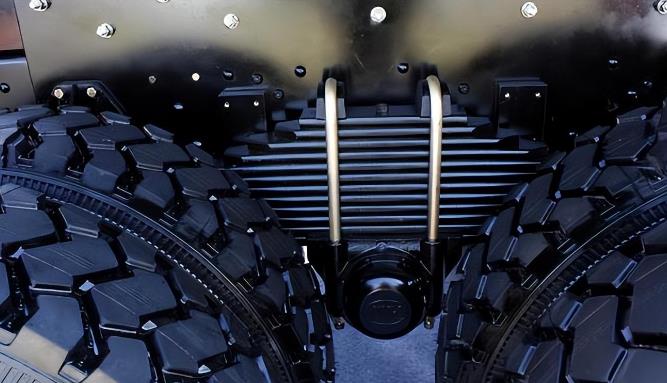
The horizontal pattern presents transverse continuity and longitudinal disconnection, resulting in greater transverse stiffness and stronger longitudinal anti slip ability. It is generally suitable for medium and heavy-duty trailers with hard road surfaces or high traction. However, when the vehicle turns at high speed, it is easy to experience sideslip, and the rolling resistance of the tires is also greater, which can exacerbate the wear and tear on the tread.
2. Vertical pattern

Also known as strip pattern, it is continuous in the longitudinal direction and disconnected in the transverse direction. Its skid resistance is strong in the transverse direction and weak in the longitudinal direction, with relatively small rolling resistance and good heat dissipation. It is common in passenger cars and light and micro trucks, and is suitable for driving on clean and good hard roads, but it is easy to embed foreign objects such as stones.
3. Vertical and horizontal mixed patterns
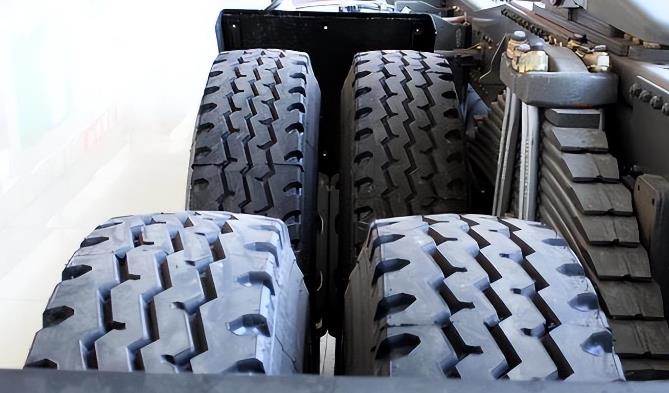
The vertical and horizontal mixed pattern is between the longitudinal pattern and the transverse pattern. The middle position of the tire is designed with a zigzag longitudinal pattern, while the shoulder area of the tire is designed with a transverse pattern, which has outstanding anti slip ability and a wide range of applications. It can be applied to both passenger and freight vehicles.
4. Independent block pattern
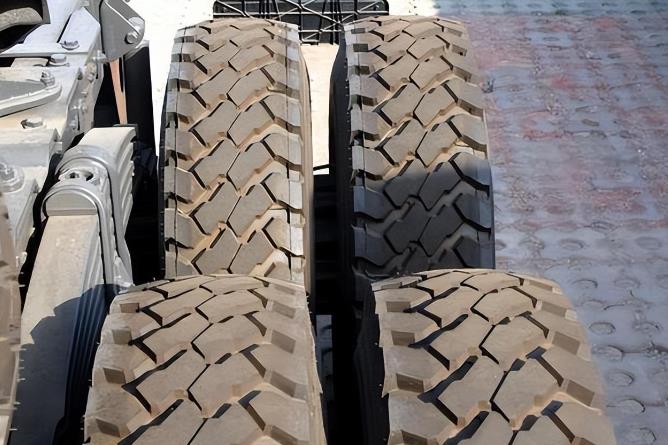
The independent block pattern has exceptional driving, braking, and steering stability, making it suitable for snowy or muddy roads. It is generally used in transportation conditions such as deserts or off-road.
5. Asymmetric pattern
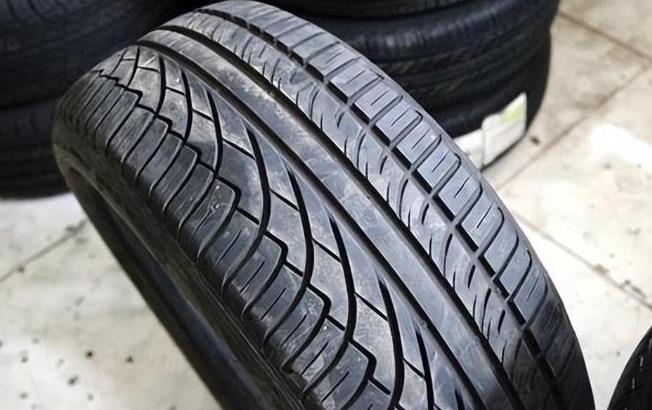
This type of tire has different pattern structures on both sides of the tread, resulting in stronger and more comprehensive overall performance. For example, one side of the pattern emphasizes drainage ability, while the other side emphasizes grip ability. Asymmetric patterns pay more attention to increasing the landing pressure of the outer pattern during turns in design, so in some cases, the cornering performance is better. It is worth noting that this type of tire needs to be carefully distinguished between the inner and outer sides of the tire during installation, and should not be installed upside down.
6. Single directional pattern

The single directional pattern is oriented in one direction, with the characteristics of large tire pattern and few transverse cut patterns, low rolling resistance, good handling performance, strong grip and drainage performance, and can achieve higher speed levels. When installing, it is important to pay attention to the rolling direction of the tires. If installed in reverse, it can easily cause tire shaking, reduced grip, etc. At the same time, single guide tires cannot be swapped left and right, and can only be exchanged on the same side.
Suggestion for tire type selection
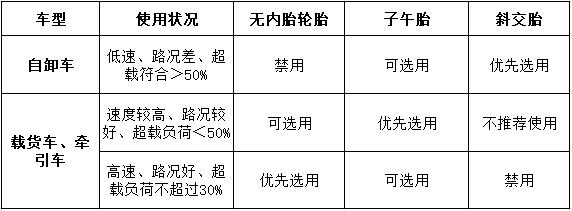
ONLINE MESSAGE
 24-hour consultation telephone
24-hour consultation telephone
400-6363-989
If you have any needs, you can contact us
CONTACT US
Customer Service Hotline:400-6363-989 Company Address:No. 2, Guoyuan Road, Industrial Park, Quanpu Town, Liangshan County, Jining Cityall rights reserved Darong traffic machinery Co., LTD Lu ICP No. 20025388-2